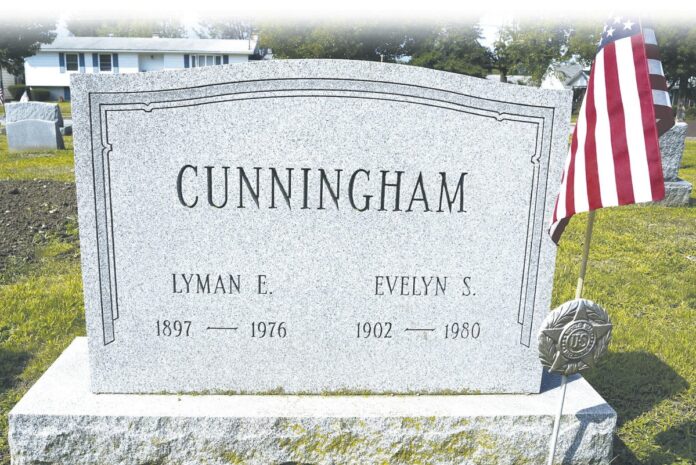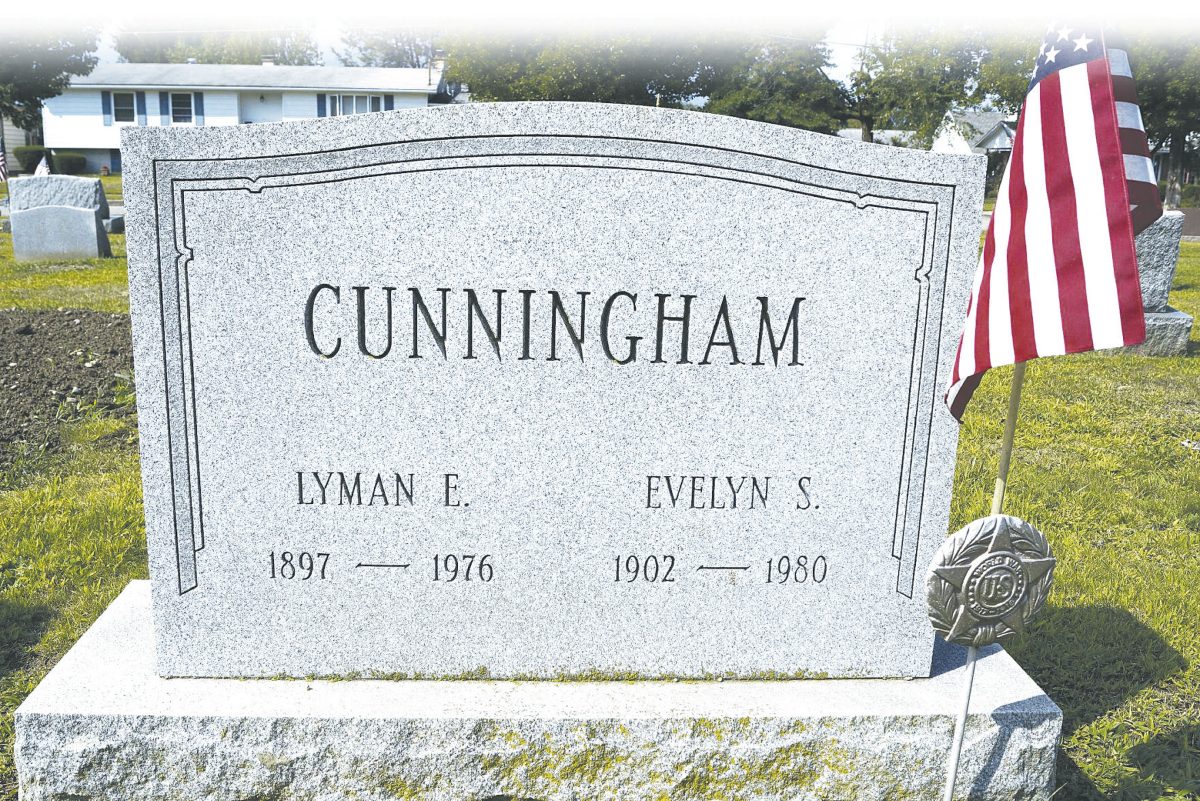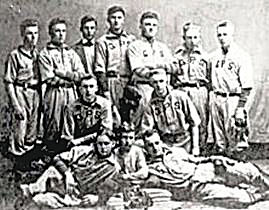BY NORMAN ROZEFF
EDITOR’S NOTE: This is the final part in a three-part series by local historian Norman Rozeff. Find parts one and two at www.ValleyStar.com
Arriving in town, I pulled up in front of the drug store and called to a passer-by to hold the skittish mules until I could dismount. The man looked at me in horrified amazement and ducked into a store, whereupon another man came out and held the reins which were by this time sticking to the palms of my hands.
Upon entering the drug store, I was met by the Drs. Letzerich who wanted to know who I was and what had happened to my face. When I told them my name and that I was burned “that way” all over; they rushed me to the back room and removed my clothes.
Among the store’s supplies, there was a barrel of linseed oil from which they removed the head and part of the contents. Having done this, they placed cotton in my ears and nostrils and told me to hold my breath. Thereupon, they took me by the heels and dunked me head first into the viscous liquid. Then they hauled me out and sat me on a chair to drip while they carefully removed “only” the loose particles which had begun to float off with the dripping oil.
At this point, the after-effects had not yet overtaken me. Despite the seriousness of the situation, which I never fully realized until long afterward; I still recall that I was somewhat embarrassed over the relatively insignificant fact that I was making a mess of their floor.
Meanwhile, the word had gotten around that I was not expected to live, which caused my crew of anxious Mexicans to gather outside — awaiting word of my condition. My right hand man whom I only knew by the name of Bruno was now standing by awaiting instructions. Bruno was reputed to have been a onetime bandit — but none the less, he was very loyal which can also be said for the other members of the crew.
After I had dripped enough to suit the doctors, they wrapped me loosely in wide gauze and then insisted that I should be taken to the home of a lady who had been a nurse in Madero’s revolution the previous year. However, I stubbornly insisted that I should return to the property. Accordingly, I instructed Bruno to get the rig and be ready to depart. The doctors relented with the good natured remark that my Mexicans had them outnumbered and that they were not anxious to start a minor revolution. The doctors then took me back to the cottage in their car, accompanied by Bruno — with the crew boss, one Edmundo Vega — and some of the crew following in the buckboard.
Upon arriving at the cottage, a canvas cot was covered with a cotton blanket which was then spread with a thick layer of petroleum jelly resembling axle grease which they had brought along in a five gallon container. After lying down on this preparation they then spread a generous coat of the jelly over my body except for my feet and lower part of my legs. Before leaving, the doctors instructed me to apply additional jelly wherever thin spots occurred. It was a very uncomfortable situation but I wanted to get well in a hurry so I faithfully followed instructions.
On the second day, I had begun to grow somewhat cantankerous and became obsessed with the notion that I wanted some iced cocoa which I had never wanted before and — never again. Upon my insistence, Bruno rushed to town and obtained some ice from a produce cooling plant which had been built some months before. The bitter mixture of ice, water and cocoa proved to be very unpalatable. As I sat up attempting to swallow the mixture, I had the sickening sensation of cracking across the middle. At this turn of events, Bruno became very disturbed. Returning to town he announced that in a little time I was going to be very dead “poco tiempo muy muerto,” which eventually proved to be an exaggeration.
The doctor soon arrived and took me to the nurse’s home previously mentioned. Here I had a number of visitors and the days were more comfortable, although the nights were pretty bad — partly due to the silence and also the fact that my hands were kept tied away from my body so that I could not unconsciously injure the healing tissues.
Among my visitors was Judge Cunningham and his gracious wife. When I mentioned that the Judge resembled my grandfather, he became very much interested and related how he had become separated from his cousins upon his arrival from Scotland at the age of thirteen…. He eventually landed on the Isthmus of Tehuantepec where he contracted smallpox and was taken to a hospital in Mexico City by the Zapotec Indians…. But that is another story: Inasmuch as my grandfather had arrived from Scotland with an orphan cousin who had disappeared — there seemed to be a connection worth investigating. On the strength of this clue, the Judge departed for Ornaga, Ill., to visit my grandfather. On the way, he stopped at our home in St. Joseph, Mo., to reassure my mother who had become very much disturbed by the stories appearing in the Texas and Missouri papers which described me as “a living torch”. [Judge Cunningham was the second mayor of Harlingen as told in a weird story wherein Harlingen had three mayors in one day. In 1909 he and his partners were endeavoring to sell real estate in the new town. A lawyer, he would later serve the city as a long-time justice of the peace.]
By this time, I was well on the way to recovery and father was on the way back from the North to take charge of affairs. Within two weeks I was out hunting. Although the new dermal tissue was as tender as tissue paper, it was smooth and almost entirely unblemished.
The point that I have tried to illustrate in comparison with so-called improved techniques — is that my treatment did not include binding, tight seals or thin coatings of dye. It was simply a matter of using generous quantities of a more or less fluid coating of petroleum jelly that allowed the decomposed matter to float off and leave an unobstructed surface to live tissue upon which the normal dermal cells could multiply. Beginning from the marginal edges of the few remaining patches of live dermal tissue, the entire burned area was eventually covered without impediments to cause adhesions, convolutions or lesions.
Believing this to be the case, it was later confirmed when I insisted, against a specialist’s advice to the contrary — that my son be treated in the same manner when he was severely burned on the face and hands. He recovered without a mark except for two insignificant pocks on his nose due to particles of ceramic substance that were deeply embedded. END
We can be grateful that Lyman survived that fateful day and was able to tell us in vivid detail about the episode as well as the events of the period. If anyone knows the exact location of the Emory Cunningham homestead, please contact me.
One possibility from Lyman’s description is just north of FM 507 where it intersects with FM 508. Another possibility is along Rangerville Road. The Harlingen Main Canal at the time transited both sites. Pinpointing the name “Valley Boulevard” would likely provide a clue.






